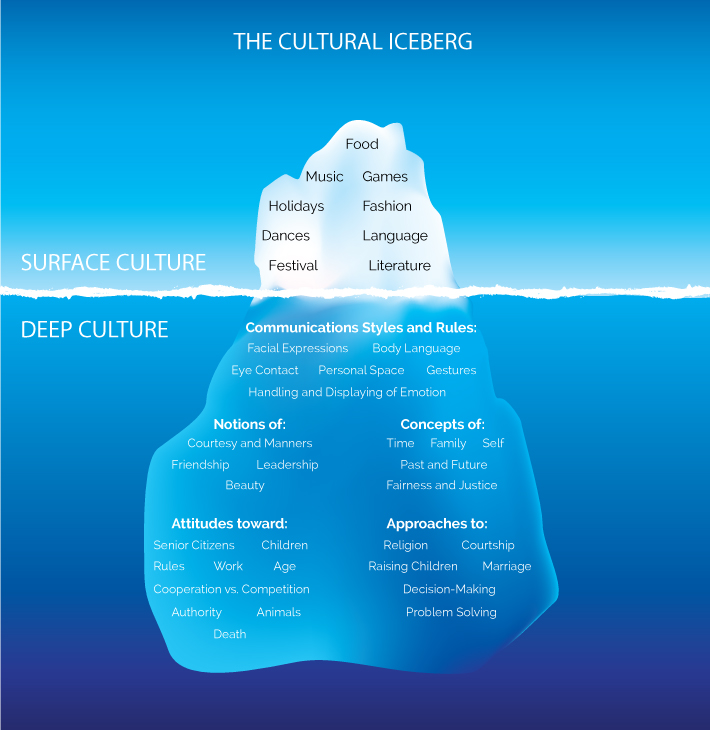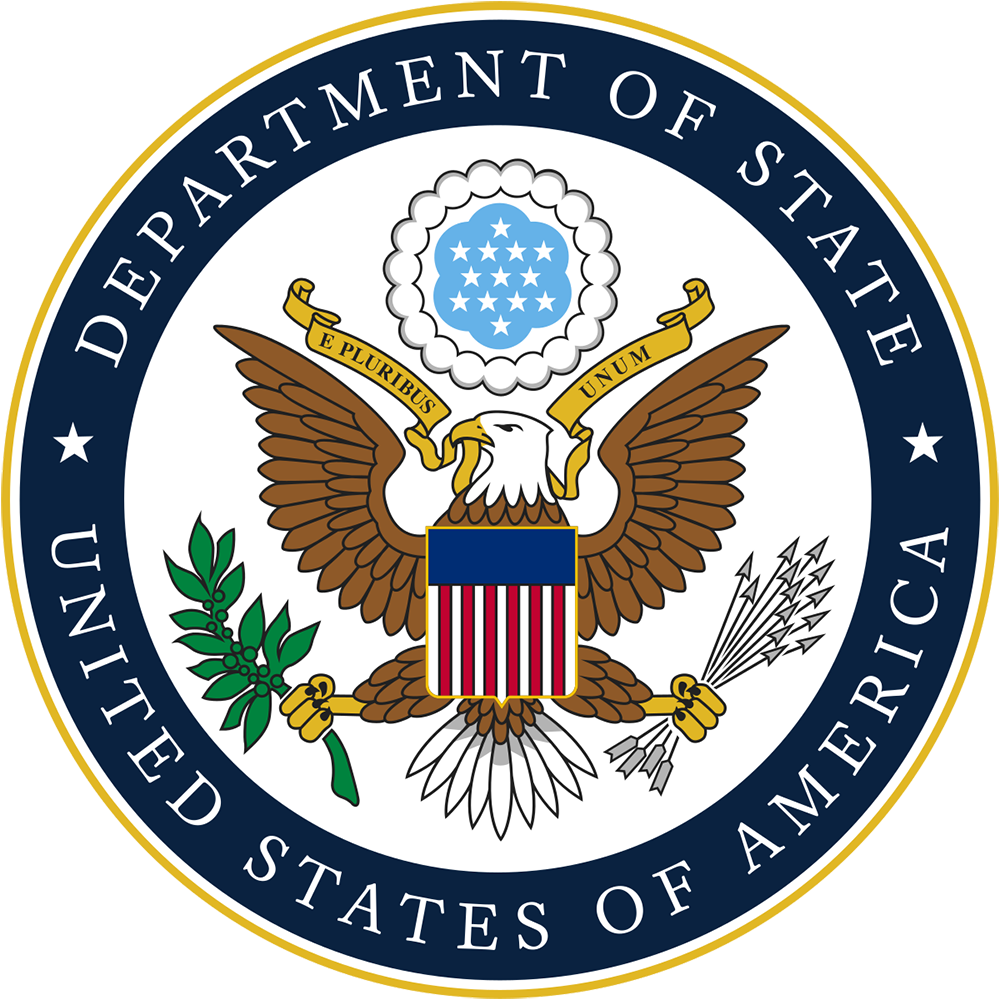
As a leading language services provider (LSP), we see our share of websites, products, and documents ready to go global. While most of the time it’s clear that the branding will work worldwide, sometimes a “ready-to-go” project comes to us and we need to call in the culture cavalry.
“It’s wrong?! What do you mean?” asks the customer. “We need to launch next month!”
We at MediaLocate wanted to share with you a set of the most common cultural mistakes that companies make so that you can avoid the potential embarrassment, and even worse, the potential loss of income and damage to your brand’s reputation, before you expand into new markets.
So, without further ado, we give you the Top 3 cultural faux pas to avoid before taking your designs global…
1. Images and Icons
Images are a great way to help you tell a story. Often they can be used along with a few well-chosen words and in some cases, without any words at all. Using pictures to convey steps in a process instead of having lengthy descriptive paragraphs can save serious time and money. Companies like IKEA end up saving big bucks in packaging costs by including fold-out assembly instructions with icons instead of words.
While, generally, common sense would dictate what is and is not considered to be in good taste (and Facebook provides some good practices in its advertising policies page), it is a good idea to check with your language services provider on which images and depictions travel well.
In fact, some images are actually banned in certain countries. Take Saudi Arabia. It places heavy restrictions on any photos involving women. For example, pictures of women driving cars are illegal, the only exceptions being in deserts or on private grounds. Furthermore, pictures of females working out in gyms are also banned. So, if you are planning on selling automotive products or promoting a chain of health clubs in the region, you may want to watch out for images that might get your site shut down.
If you want to use icons, symbols, or actual photos of people, it’s best to consult one of the following sites or talk with your language services provider before taking the next step.
– Photos of Identifiable People: Publicity vs. Privacy
– ISO’s Online Browsing Platform (OBP)
2. Colors
While it isn’t surprising that not all colors mean the same thing in all places, some of the differences might come as a bit of a shock.
For example, Pepsi Cola had problems in Southeast Asia when it decided to change the color of its Pepsi machines from dark blue to a new, lighter blue. What the company did not realize was that the new shade of blue generally evokes notions of death and mourning in the region.
Before venturing out into new waters with your current color palette, we recommend checking with international color branding experts. One way to get a head start is by looking at the following guides:
– Art Therapy Color Meanings and Symbolism chart
3. Flags
It is very tempting to use flags to label different language versions of a website or to prompt users to click on flags to choose their language or country of origin. Plus, a flag can be a colorful addition to your website, app, or brochure.
But using flags can be confusing and offensive, and may even land you in political hot water. Here’s why:
– Many languages are spoken or have “official” status in more than one country. What flag should you use to indicate English – the US flag or the Canadian one? How about Spanish – Spain’s flag or Mexico’s? Not to mention “Domestic Spanish” from the US. How about French – France’s flag or Switzerland’s? Same issue for Portuguese, Italian, German, Arabic, Chinese …
– A number of countries have more than one official language. What are you telling customers to do if you show them the flags of Switzerland or Belgium? Or how about Canada? And what about Spain, which has 4 regional languages besides Castilian Spanish?
– Then there are the geopolitical issues. China does not recognize Taiwan as a sovereign nation, and Turkey does not consider Cyprus to be one, either.
In an example of potentially contentious use of flags, Apple is adding an emoji to its iOS 9.0 that displays the Taiwanese flag. While this act has its share of supporters from a number of different countries, some business analysts are saying it could be a risky move for Apple’s relationship with China.
Read more about the use of flags here:
– “Apple might be in hot water over flag emoji”
Want to learn more about how to be global by design? Give us a call at (831) 655-7500 and we will take you through the process!
Related Posts:
Are Your Banner Ads Clicking With Your Worldwide Customers?
Translation Beyond Words
Global Marketing — Localizing for the Locals











